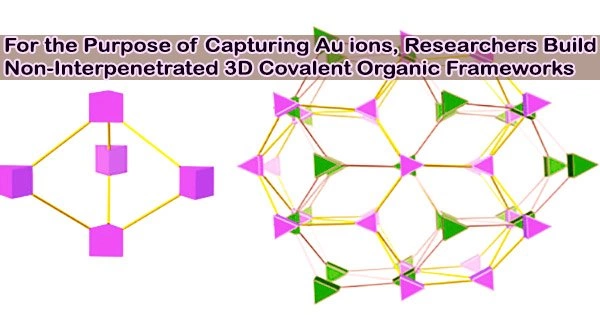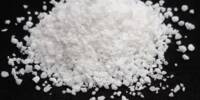Due to their various functional building blocks and substantial surface area, covalent organic frameworks (COFs) can serve as an excellent platform for the detection or extraction of metal ions.
However, due to non-covalent interactions between the adjacent nets, the majority of 3D COFs exhibit interpenetration. As a result, their surface areas and porosities are reduced, which restricts their usage in catalysis and molecular/gas adsorption.
A recent non-interpenetration 3D COF for Au ions capture via imine bonds in the frameworks was built by a research team lead by Prof. Zeng Gaofeng and Assoc. Prof. Xu Qing from the Shanghai Advanced Research Institute (SARI) of the Chinese Academy of Sciences.
The high surface area and abundant cavities provided high Au3+ capacity (570.18 mg g-1), selectivity (99.5%) and efficiency (68.3% adsorption of maximum capacity in five mins).
The study was published in Advanced Functional Materials on April 23, 2023.
The synthesized BMTA-TFPM-COF displayed good crystallinity with dia topology and a high Brunauer-Emmett-Teller (BET) surface area of 1,924 m2 g-1. Importantly, the high capacity, selectivity, and stability of Au3+ absorption were facilitated by the open cavities and exposed C=N bonds from non-fold interpenetration.
The experiments showed the mechanism of Au capture. The protonated C=N bonds due to the influence of the HAuCl4 and the protonated nitrogenous groups could adsorb AuCl4– and reduce Au(III) to Au(I) and Au(0) in acidic solution.
Thus, the BMTA-TFPM-COF with abundant exposed C=N bonds could promote the conversion from Au(III) to Au(I) and Au(0) through the protonated C=N bonds, which further verified that the C=N bonds could participate in the reduction of Au(III).
This study provides new insights into the development of 3D COFs for Au3+ capture.
















